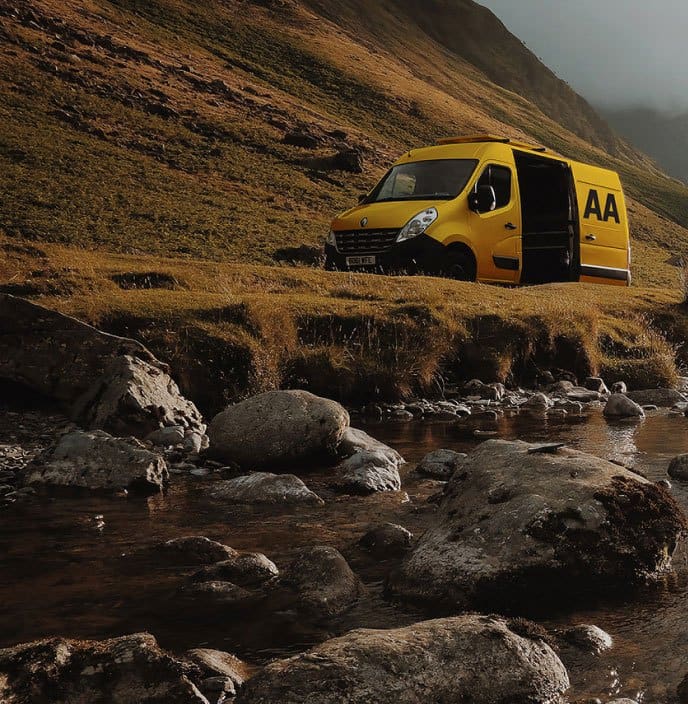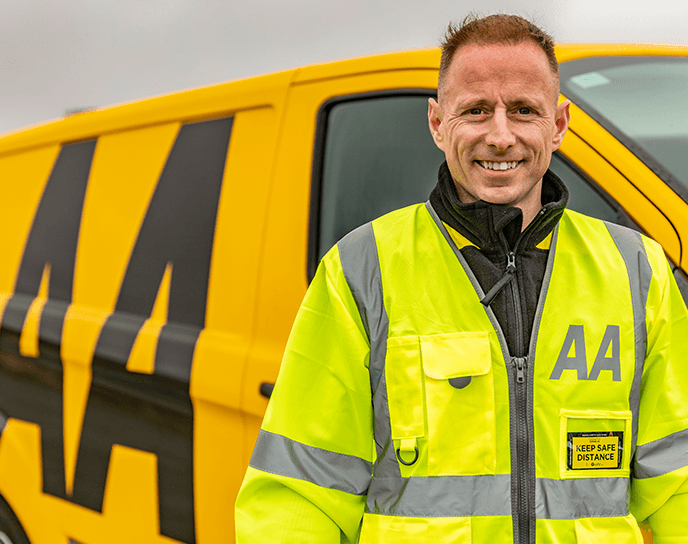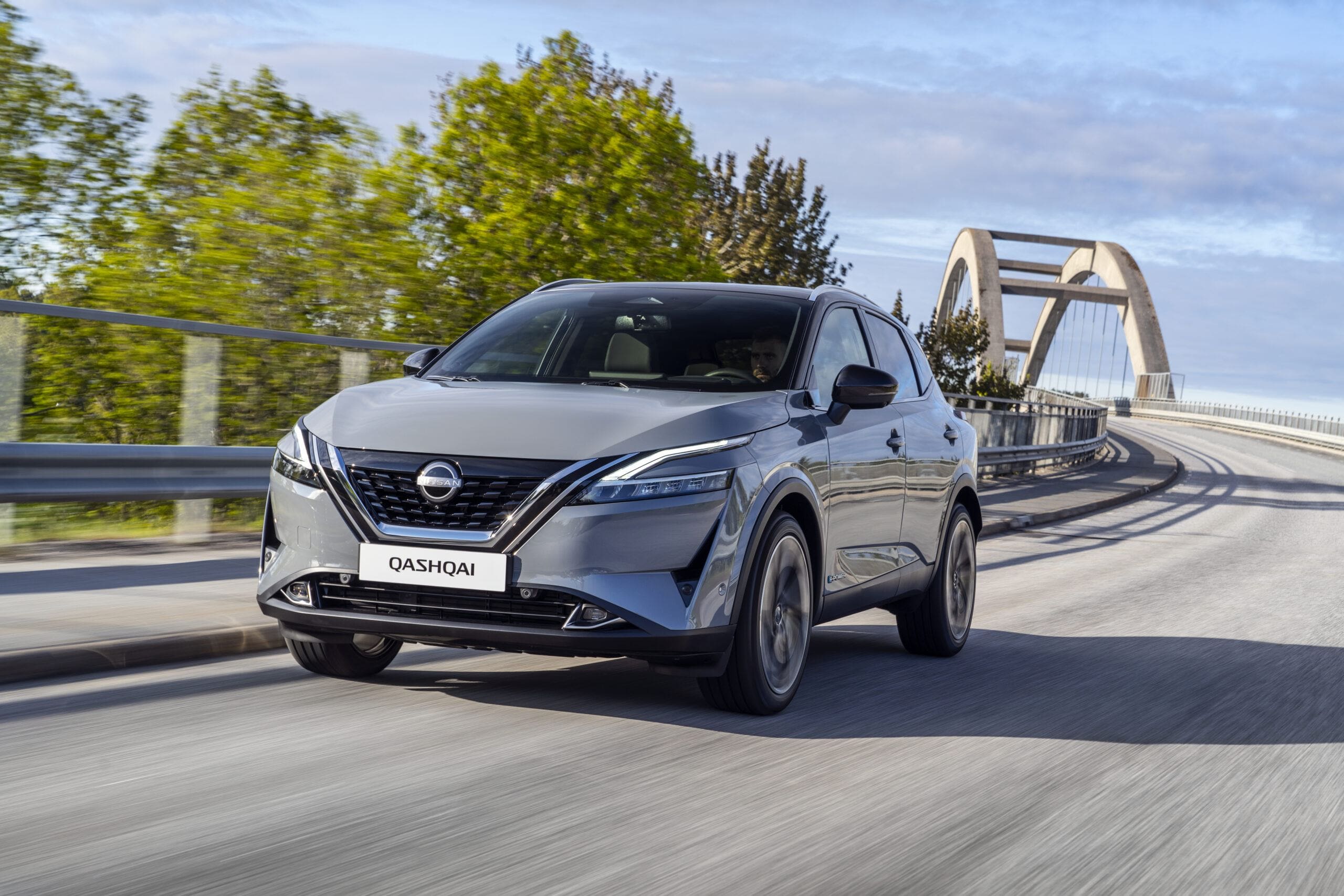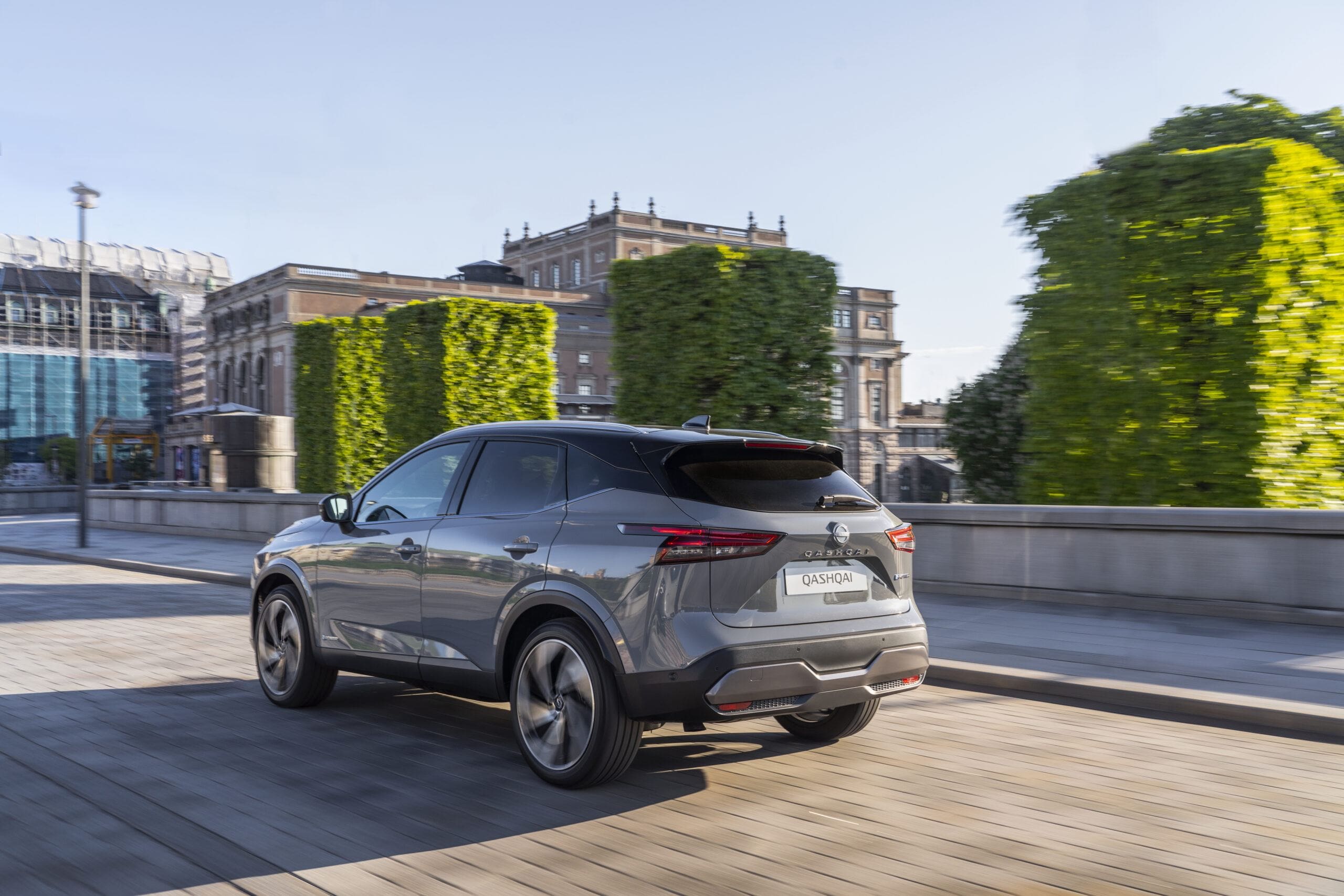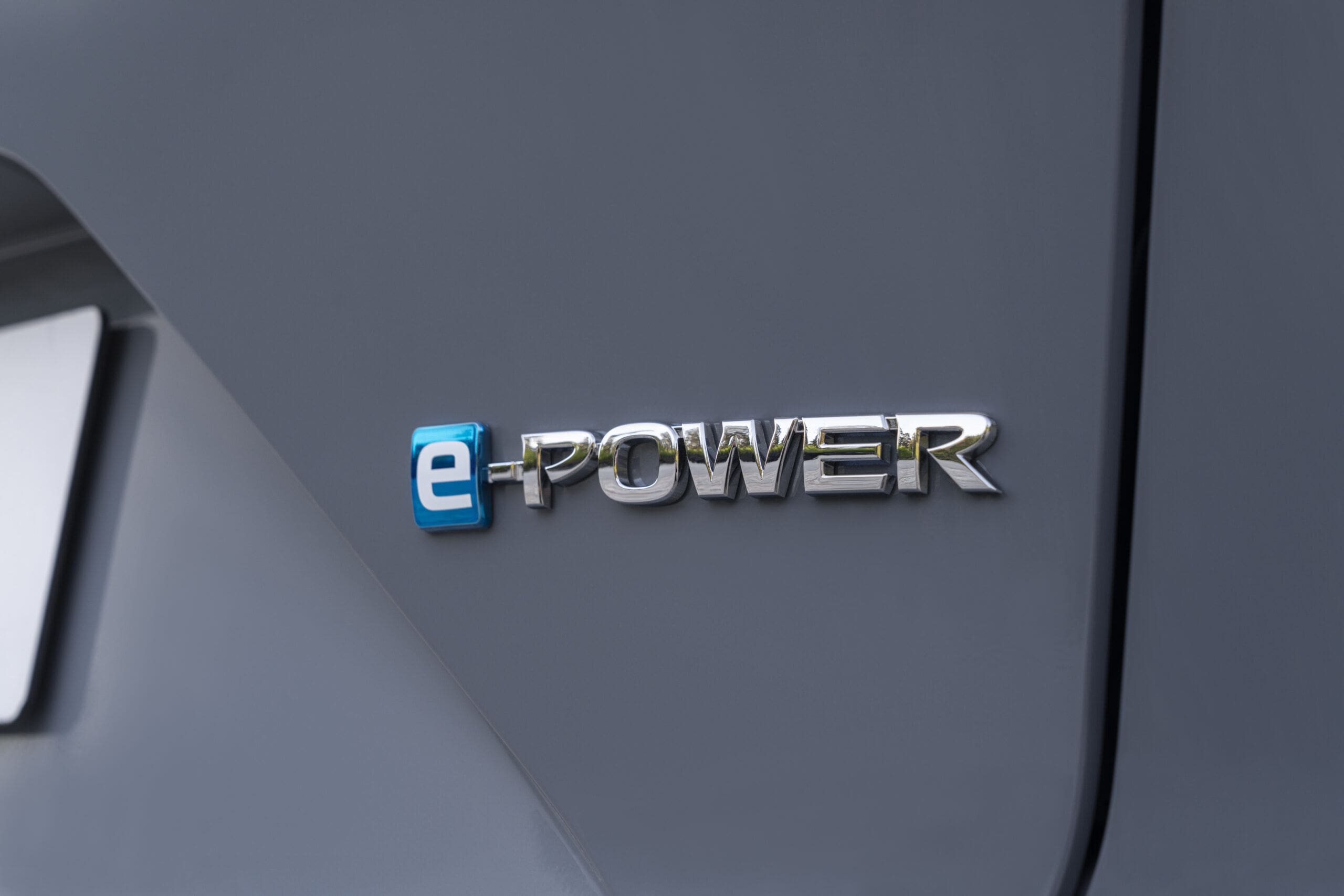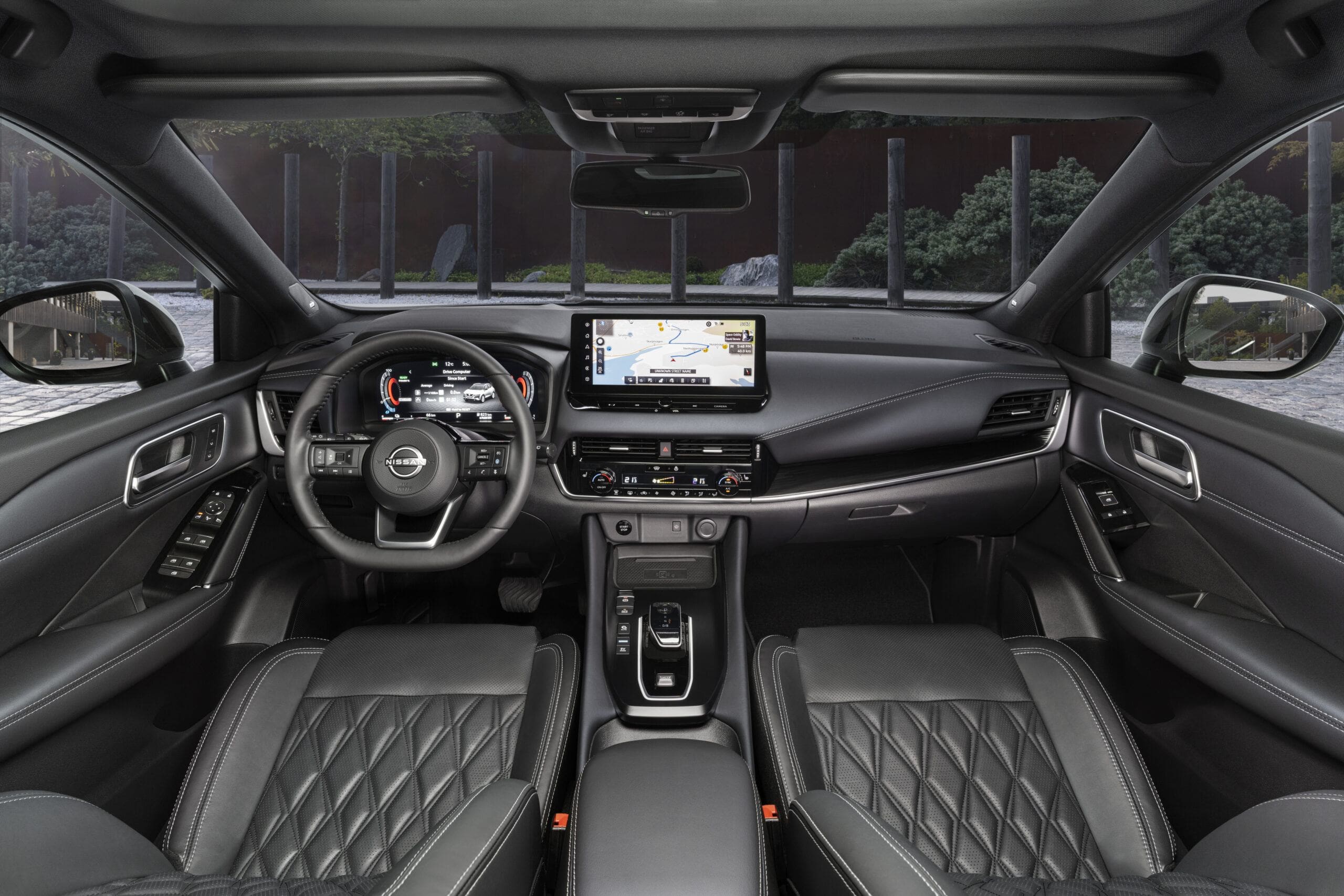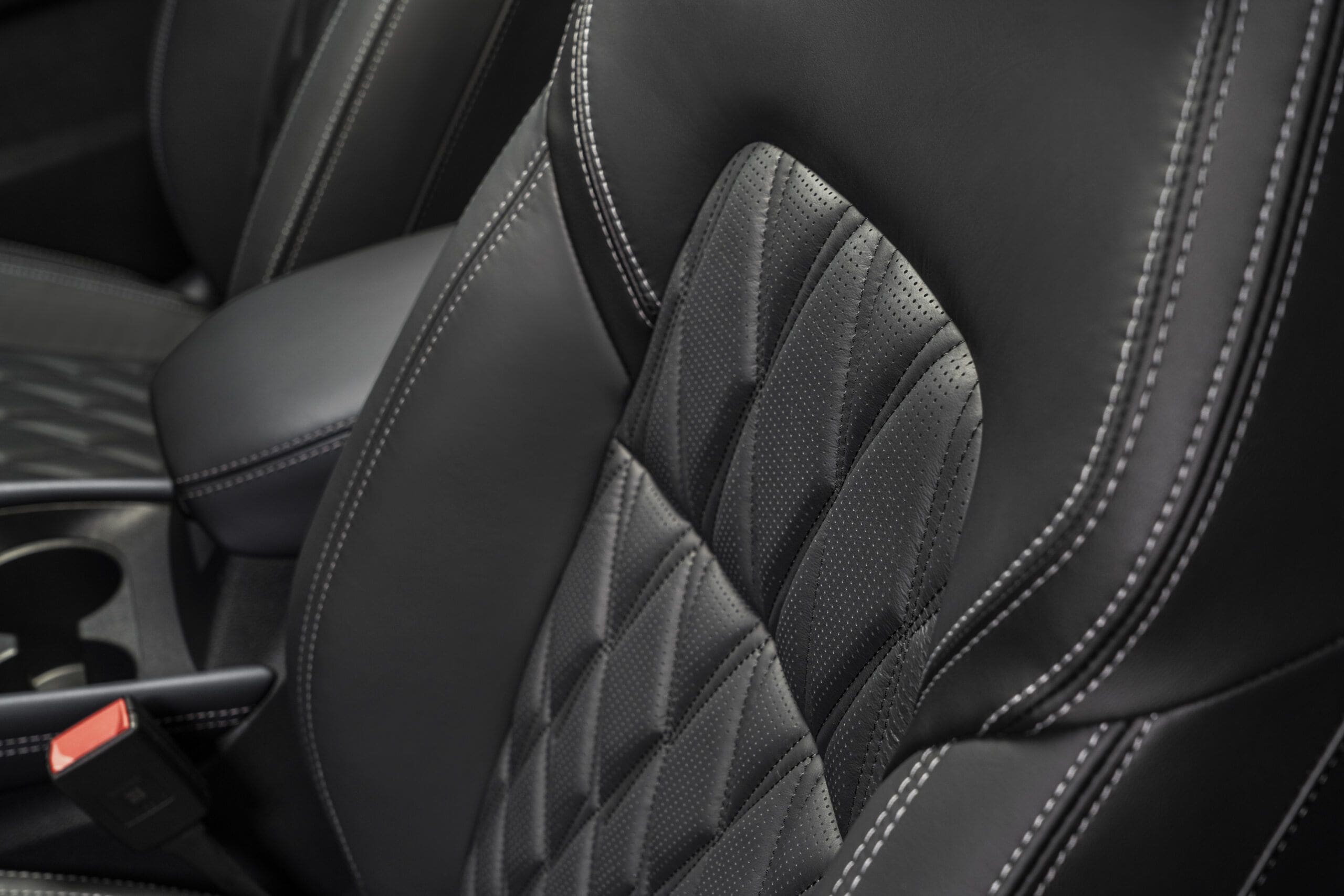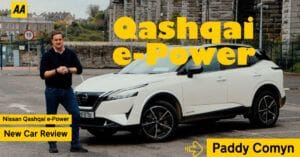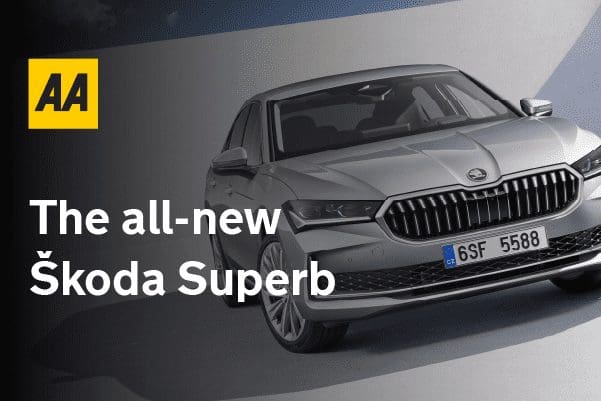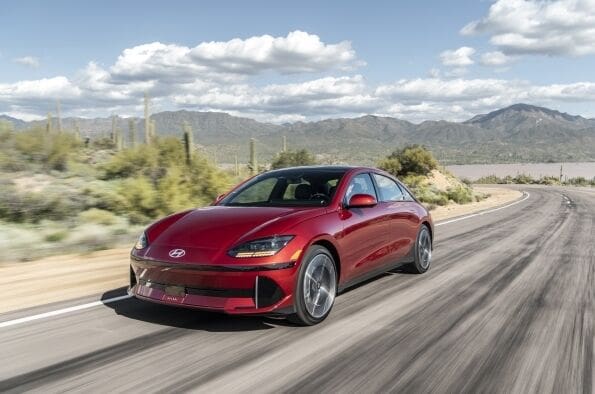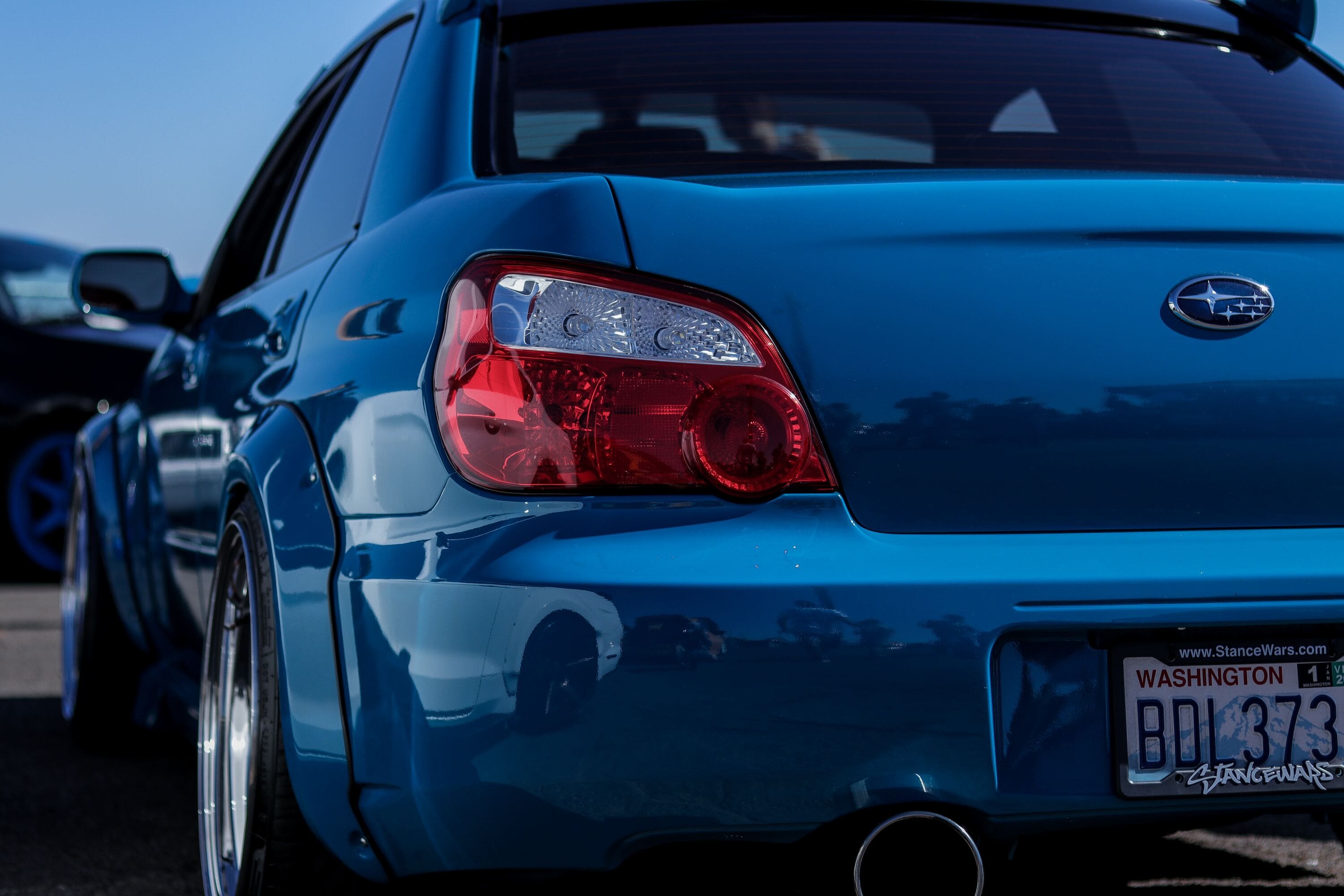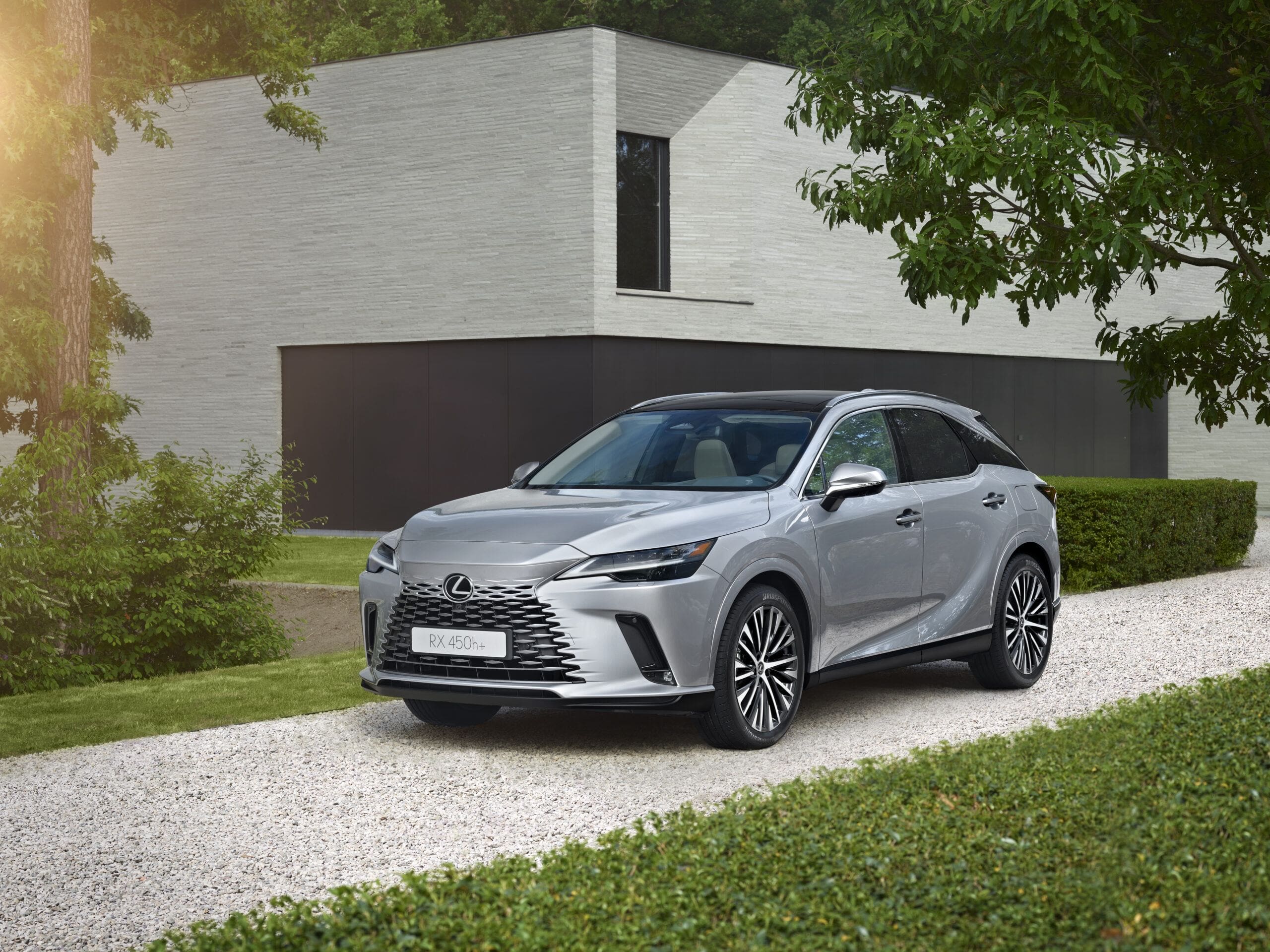Great refinement, excellent road manners, standard equipment levels.

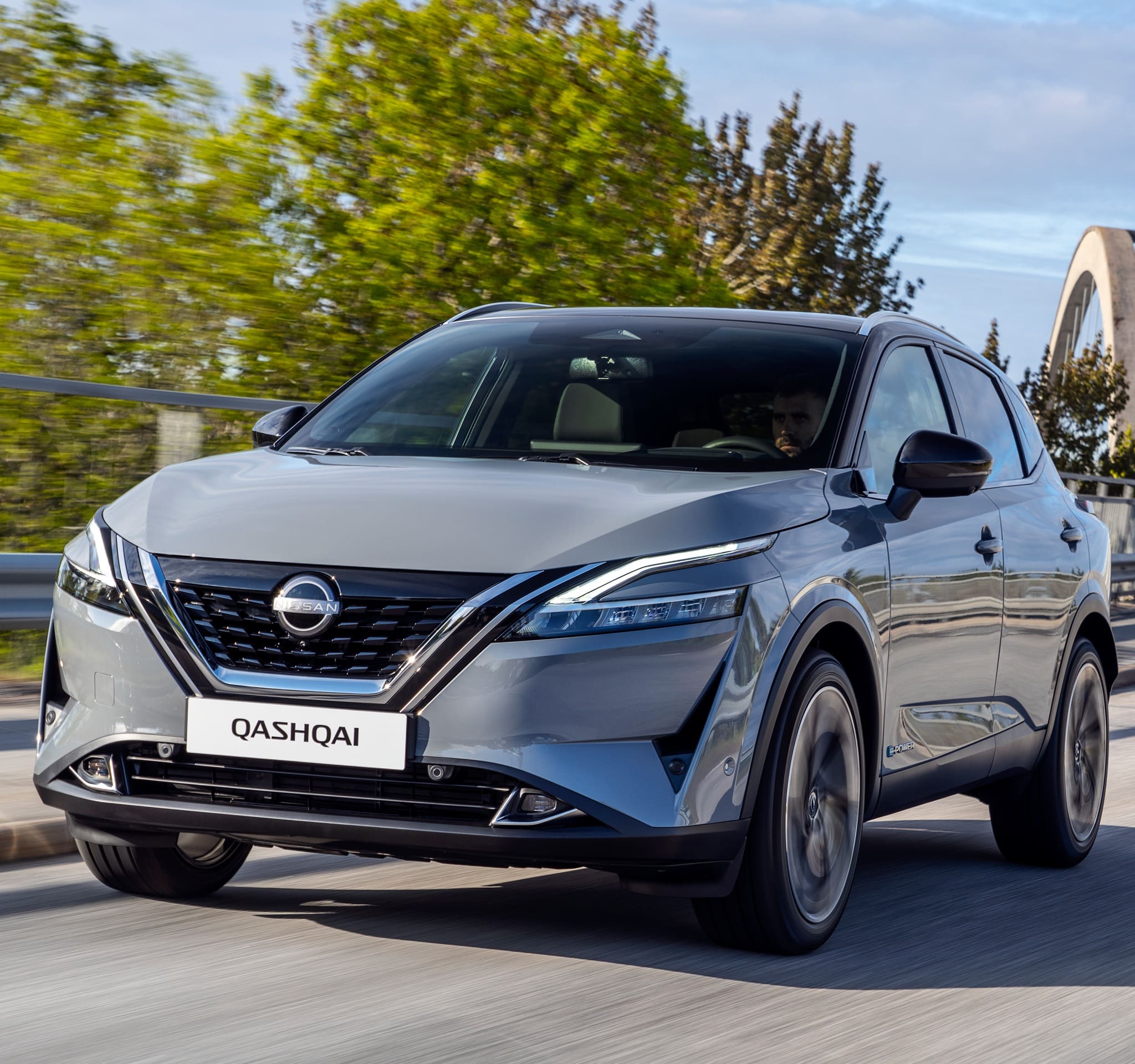
New Car Reviews
New Car Review | Nissan Qashqai e-Power SVE
Good Stuff 👍
Bad Stuff 👎
Fuel economy isn’t that impressive, expensive at the top end.
What is the Nissan Qashqai e-Power?
Nissan makes a new electrified powertrain.
Nissan has been at the forefront of the EV revolution, with the Leaf being the true original of the species. And now, Nissan are turning their innovation to addressing the problem of giving buyers the electric experience, that aren’t quite ready to make the jump just yet. Enter, the e-POWER system. This system uses a 1.5-litre, three-cylinder turbocharged petrol engine 156hp, not to drive the wheels, but instead to generate electricity, which can then be transmitted via the inverter to the battery pack, the electric motor or both. The new Qashqai itself is a much more upmarket car than the one that pretty much created the mania for crossover. And this latest version, as you might expect is bigger, but it also a much better driver’s car too.
How about the looks of the Nissan Qashqai e-Power?
Handsome evolution in line with new family look.
The Qashqai has evolved substantially since 2007, from what was a very compact 5-door crossover, into a generously-sized SUV. The Qashqai is just under 4.5 metres long and sits on a 2.6 metre wheelbase so it has grown substantially. The wheelbase of the car has increased by 20mm with the overall length increasing 35mm. There’s a marginal increase in height 25mm and width has increased 32mm for improved presence on the road. The styling now looks more in line with the new look for Nissan cars, epitomised by the Ariya EV. There are thin LED lights surrounding a prominent V-motion grille. Standard equipment on the SV entry-grade are 19” wheels, but our top-spec SVE model gained 19” wheels and they looked great. There is also a glass roof and privacy glass from the SV Premium specification. This is a good-looking car and this new styling gives the model a much more upmarket appeal.

Paddy Comyn AA Road Tester“This system uses a 1.5-litre, three-cylinder turbocharged petrol engine 156hp, not to drive the wheels, but instead to generate electricity, which can then be transmitted via the inverter to the battery pack, the electric motor or both”
What is the inside of the Nissan Qashqai e-Power like?
Good quality, excellent infotainment.
The interior of the Qashqai easy to get used to, with a pretty straightforward layout. The centre console is dominated by the 12.3” TFT display and in the SVE model we were driving there is an excellent 12.3” Head Up Display. Our SVE also boasted Nappa Quilted Leather upholstery, an auto dimming rear view mirror, a wireless smartphone charger, wireless Apple CarPlay and Android Auto, dual zone air conditioning, 1 USB A and 1 USB C in the front with the same in the rear. There is also a really excellent rear view camera and a self-parking system. The seats are really excellent, with the top-spec SVE getting 4 way electric lumbar seats. In the rear, there is a 60/40 split for the rear seats and there is a 504-litre luggage capacity. This is smaller than you will get in the Hyundai Tucson (620-litres) and a little less than you will get in a Seat Ateca (510-litres), but should be big enough for most people.
Insurance up for renewal?
Get an AA Car Insurance quote online and save up to 20% or €180 when you buy online*.
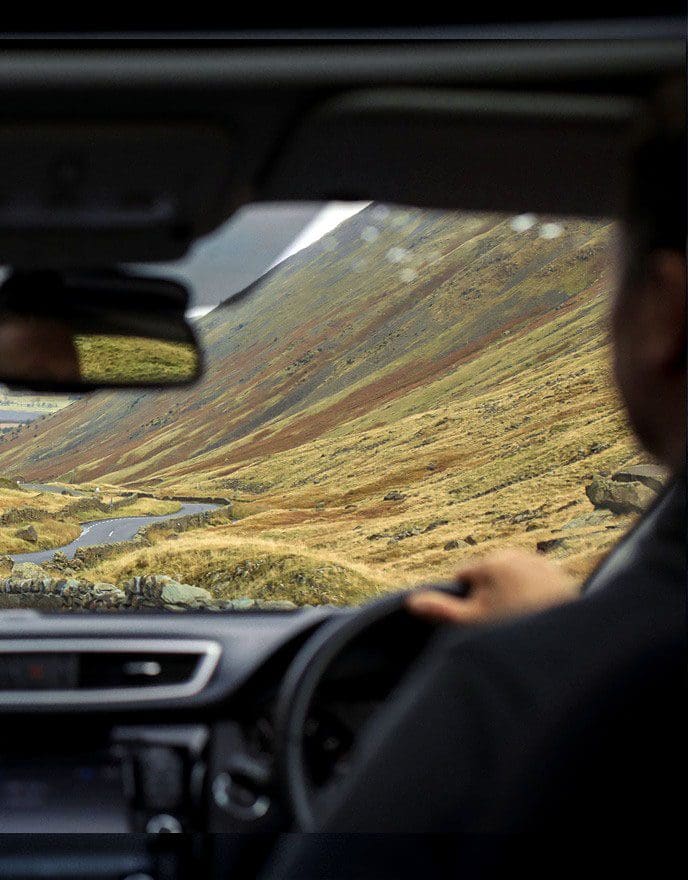
What is the Nissan Qashqai e-Power like to drive?
Much better steering, much better handing. Refined powertrain.
Nissan made significant changes to the dynamics of this latest Qashqai. The car is 48% stiffer than the previous generation and with a more rigid base, Nissan engineers to more precisely tune the suspension spring and damper rates. The aim was to make the car feel more precise to drive, make it feel more responsive and less prone to vibrations. They have also changed the steering ratio to make the steering quicker and the results, overall have paid off. This feels like a much more entertaining car to drive, and the steering is really, very good. But none of these improvements have come by sacrificing ride comfort.
In terms of the e-Power powertrain, there is nothing much to know or do from the driver’s perspective. Much like a standard hybrid, everything happens without any input from the driver. The internal combustion engine can vary its compression ratio between 8:1 and 14:1. This is achieved by the movement of an actuator, which changes the length of the piston stroke according to the demand in power. During low power demand, when you might be driving at a constant speed, for example and the battery charge is good, the compression ratio will be at the higher rate which optimises consumption and emissions. Under high demand for power, to charge the battery or supply power directly to the motor, a lower compression ratio will be activated which will maximise the engine’s power output. Given that the petrol engine doesn’t actually drive the wheels, Nissan had to figure out a way of making the petrol engine speed relative to the Qashqai’s road speed. They managed this and “Linear Tune” makes it feel like the petrol engine is running the wheel speed, which it isn’t. Clever indeed.
You also get the e-Pedal Step in the Qashqai e-Power which makes stop-start driving easier. The system is first activated by the switch on the centre console and once engaged, the accelerator will deliver acceleration as usual, but when you lift off, the Qashqai will brake; enough to light up the brake lights but it won’t bring the car to a complete stop, instead to a creeping speed.
Nissan says that the e-Power system runs the engine within its optimal range and best compression ratio, which should lead to better fuel economy and lower C02 emissions compared to a traditional internal combustion engine. CO2 emissions are 123g/km compared to 140g/km in the standard 1.3-litre Qashqai Mild Hybrid. And the official fuel consumption figure of 5.4 l/100km compares to 6.4 l/100km in the 1.3 Mild Hybrid. On our few days with the car driving across a variety of roads we averaged 6.6 l/100km which isn’t particularly remarkable. It is similar enough to what you might get in a diesel SUV, but with less harmful emissions.
Which Nissan Qashqai e-Power should I buy?
Depends on your budget but SVE if your budget allows.
There are four equipment grades in the Qashqai – SV, SV Premium, SV Tech and SVE. There is really nothing basic at all about the entry SV grade, with 18” alloy wheels, LED lights, 7” colour TFT Combimeter, Apple CarPlay and Android Auto, dual zone auto air conditioning and intelligent cruise control. You can add the glass roof for €1,100, heated seats and steering wheel for just €600 and Metallic Paint will cost you €700. The SV starts at €42,500 in the e-Power. A better buy is the SV Premium which gives you the larger 12.3” TFT screen with the wireless phone charger, rear USB ports, the glass roof, privacy glass and better upholstery. At €45,900 this represents better value for money. The €48,900 SV Tech gives you bigger 19” alloy wheels, Premium Part Leather Seat trim, handsfree powered tailgate, the 10.8” Head Up Display and Full Auto Park. Our test car was the SVE, with the full suite of extra – with the Advanced iKey with memory functions, Heated front seats and steering wheel, BOSE sound system with 10 speakers and front massage seats.
Is the Nissan Qashqai e-Power safe?
Really impressive safety kits and excellent Euro NCAP score
The Qashqai scored a really impressive 5-star result in the Euro NCAP crash test in 2021, with 91% for adult occupant protection, 91% for child occupant protection and 95% for the vehicle’s safety assist systems. Systems fitted as standard include Intelligent Front Emergency Braking with Pedestrian & Cyclist Recognition & Junction assist, Intelligent Forward Collision Warning, Lane Departure Prevention, Blind Spot Intervention. Driver Attention Alert, Intelligent Cruise Control, Traffic Sign Recognition, 7 airbags and rear cross traffic alert.
Verdict
Refined, comfortable and superbly equipped.
The latest Qashqai is a real step-up for Nissan in terms of quality and road manners. The e-Power system is very smooth, and undoubtedly clever, but doesn’t really offer up much in terms of fuel economy savings, but it is a nicer powertrain than the standard 1.3 Mild Hybrid. Buy the Qashqai for its refinement, excellent handing, impressive safety kit and good looks. For the same money you’ll be considering the ubiquitous Hyundai Tucson. For the price of the SVE version we were in you could have a Tucson 4WD N Line PHEV (their top spec model) and some change. Kia’s equivalent K4 PHEV will cost you less, at €50,000 and you would also get a well-equipped Ford Kuga PHEV for similar money too.
Spec Check ⚙️
Nissan Qashqai e-Power SVE
Powertrain
1.5-litre 3-cylinder turbocharged petrol engine putting out 156hp powering a 140kW electric motor via an inverter.
Power
190 hp
Torque
250 Nm
Max Speed
170 km/h
0-100km/h
7.9 seconds
Fuel Economy
5.4 l/100km
Co2
123g/km
Luggage capacity
504-litres
Pricing
From €42,000 / price as tested €51,900
For more information go to Nissan Ireland.


